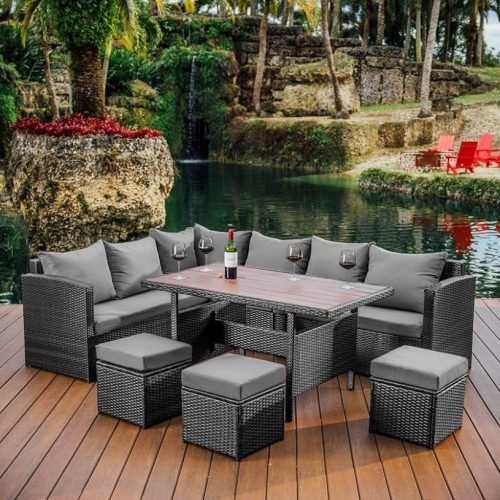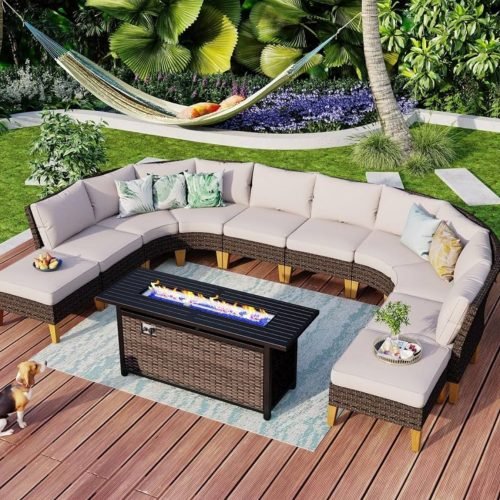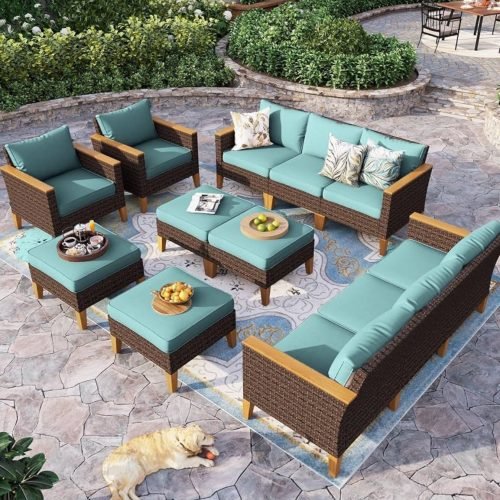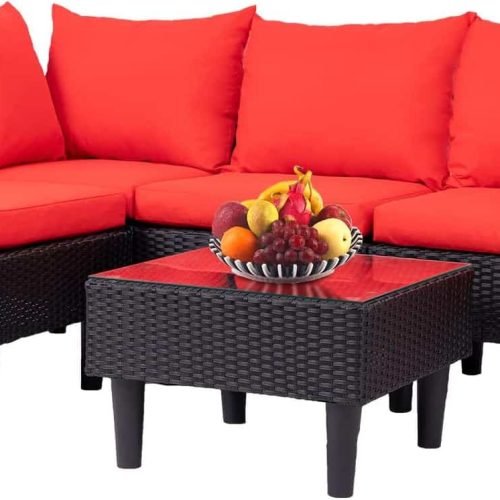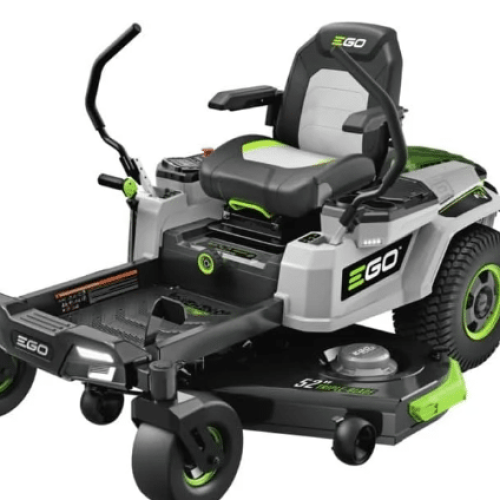Have you thought about how much food waste we throw away? It’s sad and wasteful. Hey guys its Joshua founder of Garden Josiah. I got serious about living green and found composting. Then, the magic of DIY compost bins opened up.
- Composting isn’t just about less trash. It’s a way to help the Earth and its soil. We get to be part of the solution by turning kitchen scraps into plant food.
- There’s a world of cool compost bin ideas to explore. You can find the right one, even if you’re short on space or cash. This way, you create less waste and more good stuff for plants and gardens.
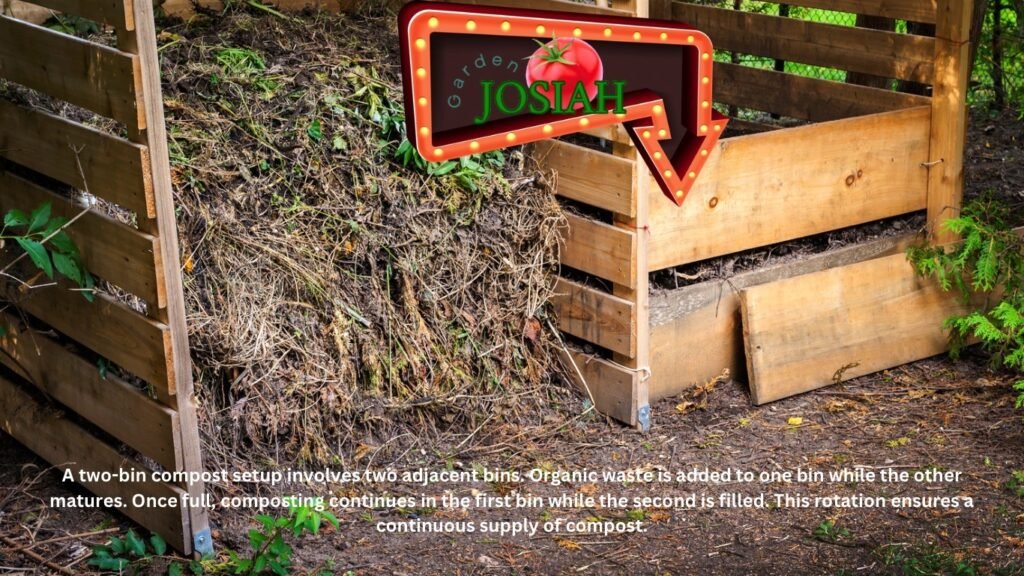
You can do this no matter your living situation. Start small or aim big; there’s an option for you. Let’s dive into making our own compost bins and help the planet. It’s an exciting journey everyone can join.
Key Takeaways:
- DIY compost bin designs provide a sustainable and affordable way to recycle organic waste.
- There are various designs available, including pallet bins, stacking milk crate composters, and angled bins.
- Composting helps improve soil health, reduce landfill waste, and promote more sustainable gardening practices.
- DIY compost bins can be customized to fit any outdoor space and budget.
- Embark on the journey towards a greener future by exploring the world of DIY compost bin designs.
Pallet Compost Bins
Pallets are a top pick for DIY compost bins. They’re cheap and great for the environment. You can make these bins for your outdoor area with ease.

Outdoor Compost Bin Plans
Getting started, grab about 5 pallets. You might snag them free from stores or friends. Grab those pallets and let’s make something!
First, set the pallets in place by digging them into the ground. This makes the whole thing steady. Next, pack the sides with dirt or clay to make it stronger.
Tip: Use galvanized wire to tie the pallets. It makes sure your bin is strong enough for all the compost.
Your compost bin is ready for action. Toss in food scraps, grass clippings, and more. In no time, you’ll have home-made compost for your plants.
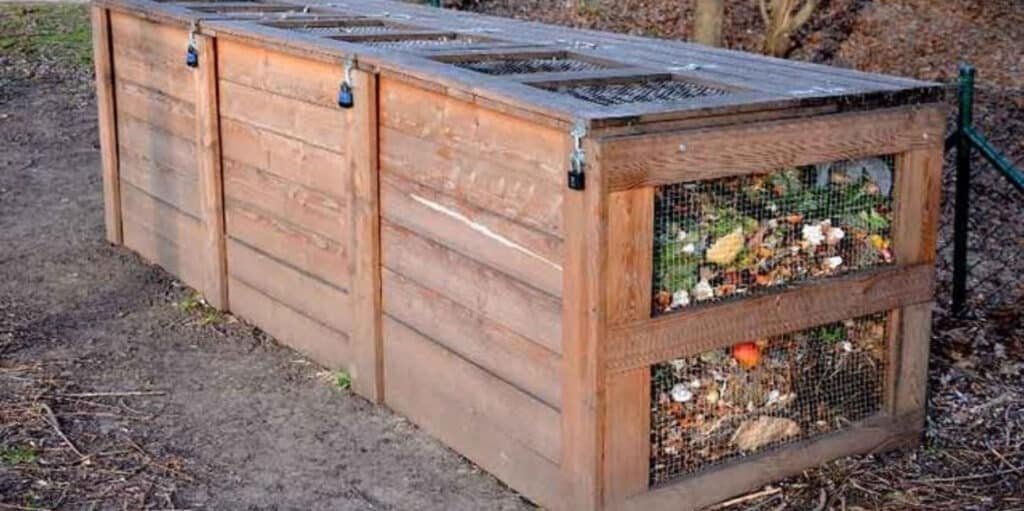
Upcycled Compost Bins
Upcycling pallets is a smart move. It helps the planet and your wallet. Plus, it turns old stuff into something useful again.
Did you know? A DIY bin is just as good as one from the store. It also makes your garden area special.
Ready to make your compost bin? Pallet bins are both budget-friendly and Earth-friendly. It’s a win-win for you and the environment.
| Benefits of Pallet Compost Bins | Benefits of Upcycled Compost Bins |
|---|---|
| Cost-effective | Reduces waste sent to the landfill |
| Sustainable | Customizable designs |
| Easy to find materials | Unique aesthetic |
Stacking Milk Crate Composter
The stacking milk crate composter helps make composting easy and affordable. It’s great for anyone short on space or money. With it, you can reuse kitchen and yard scraps, cutting down on trash and helping your garden grow.

- 3 milk crates
- Weed barrier fabric or plastic/metal mesh to line the sides of the crates
- Glue
- Boards
- Salvaged drawer handles
Let’s look at how to build your own stacking composter:
- Wrap the inside of each crate with something like weed barrier or mesh. This stops the compost from falling out but still lets air through.
- Put the crates on top of each other, making sure they’re sturdy.
- Stick the fabric or mesh in place with glue to secure it.
- Make a cover for your composter from boards. Add handles to make it easy to open and close.
- Start your compost in the top crate. Watch as your scraps turn into rich soil that falls down to the bottom.
This composter is designed to keep air flowing. This makes the compost break down faster and smell less. It’s also easy to add new scraps, which keeps your compost healthy and productive.
“The stacking milk crate composter is a great fit for city living. It’s small, simple to put together, and creates great compost.” – Lisa Johnson, Urban Gardening Expert
Benefits of the Stacking Milk Crate Composter:
| Benefits | Description |
|---|---|
| Space-efficient | Fits in small outdoor areas, like balconies, and even indoors. |
| Low-budget | Uses milk crates and spare handles, so it’s affordable for all. |
| Easy to maintain | It’s set up for easy composting, needing little work from you. |
| Sustainable | Turns trash into useful dirt, cutting down on landfill waste. |
The stacking milk crate composter lets you transform garbage into garden gold. It’s a smart, simple way to lessen your waste impact and improve your soil. Get started and see how fun and rewarding composting can be.
Angled Compost Bin
The angled compost bin is perfect for big compost projects. It’s strong and looks good in your yard. This setup stands up to hard composting work and makes your outdoor area more attractive.
You’ll need different materials to make this bin. These include corner blocks, AB York blocks, and more. With these parts, you can build a bin that keeps your compost in place as it breaks down.
Start by laying down crushed rock as a solid base. This helps water drain away. Then, stack the corner and AB York blocks up to make the walls strong and steady.
Add wall caps on top for a clean finish. The lid, made of wood and wire mesh, lets air in but keeps pests out. This makes sure your compost pile stays just right.

Building this kind of compost bin takes a bit more work. But, it’s worth it for a big, sturdy compost set up. It’s great for anyone who loves to compost a lot of material.
Key Features of an Angled Compost Bin:
- Durable and long-lasting construction
- Provides ample space for a large composting project
- Visually appealing addition to your outdoor space
- Allows for efficient decomposition and aeration
- Securely holds compost pile in place
Now you know all about the angled compost bin. You can start your own big compost project. Just remember to mix green and brown materials well for best results.

Conclusion
- DIY compost bins are a great way to recycle kitchen scraps. They help make rich compost for gardens. You can choose from different designs like pallet bins or stacking crates. These designs fit your needs and help the environment.
- It’s important to know some tips for composting. Use equal parts of green and brown materials. Turn the compost and keep it moist. This helps it break down faster. Don’t put in meat, dairy, or oily foods. They can cause problems and take longer to break down.
Composting is good for gardens and the earth. It makes your soil better without using chemical fertilizers. This means healthier plants and less harm to the environment. Enjoy making your garden grow with homemade compost.
Ready to start composting? It’s an easy and smart thing to do. You will help the earth and your garden. Plus, it’s fun to watch your compost turn into something good for your plants. So, go ahead and give it a try!
FAQ
What are some DIY compost bin designs I can try?
You can try pallet bins, stacking milk crate composters, and angled compost bins.
How can I build a pallet compost bin?
You need about 5 pallets. Secure these pallets upright with trenches filled with dirt. Use galvanized wire to join them.
How do I make a stacking milk crate composter?
For a milk crate composter, get 3 milk crates and a lining. Glue weed barrier fabric or mesh onto them. Make a lid from boards and handles.
What materials are needed for an angled compost bin?
For an angled compost bin, use corner blocks, AB York blocks, AB Dublin blocks, and more. You’ll also need crushed rock, wood studs, and wire mesh.
What are the benefits of DIY compost bin designs?
DIY compost bins help recycle organic waste into rich compost. They are cheap, can be adjusted for any space, and reduce landfill use. Plus, they boost soil health.


